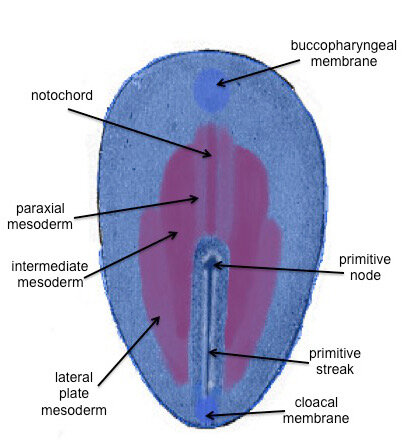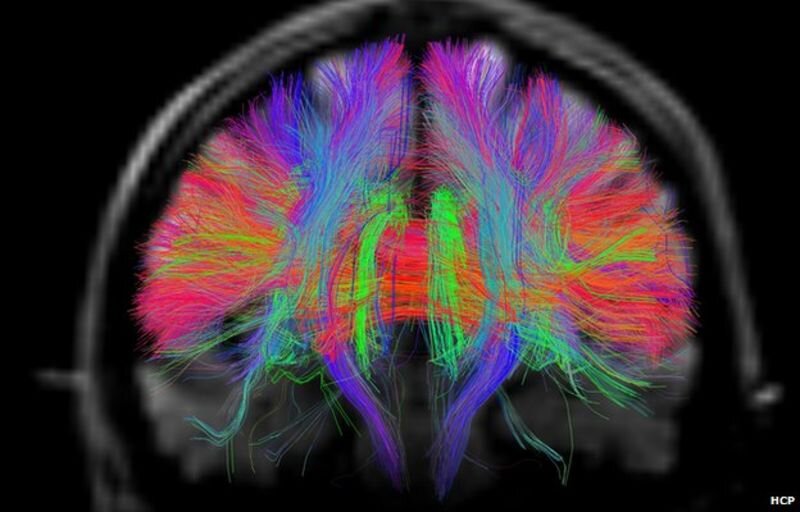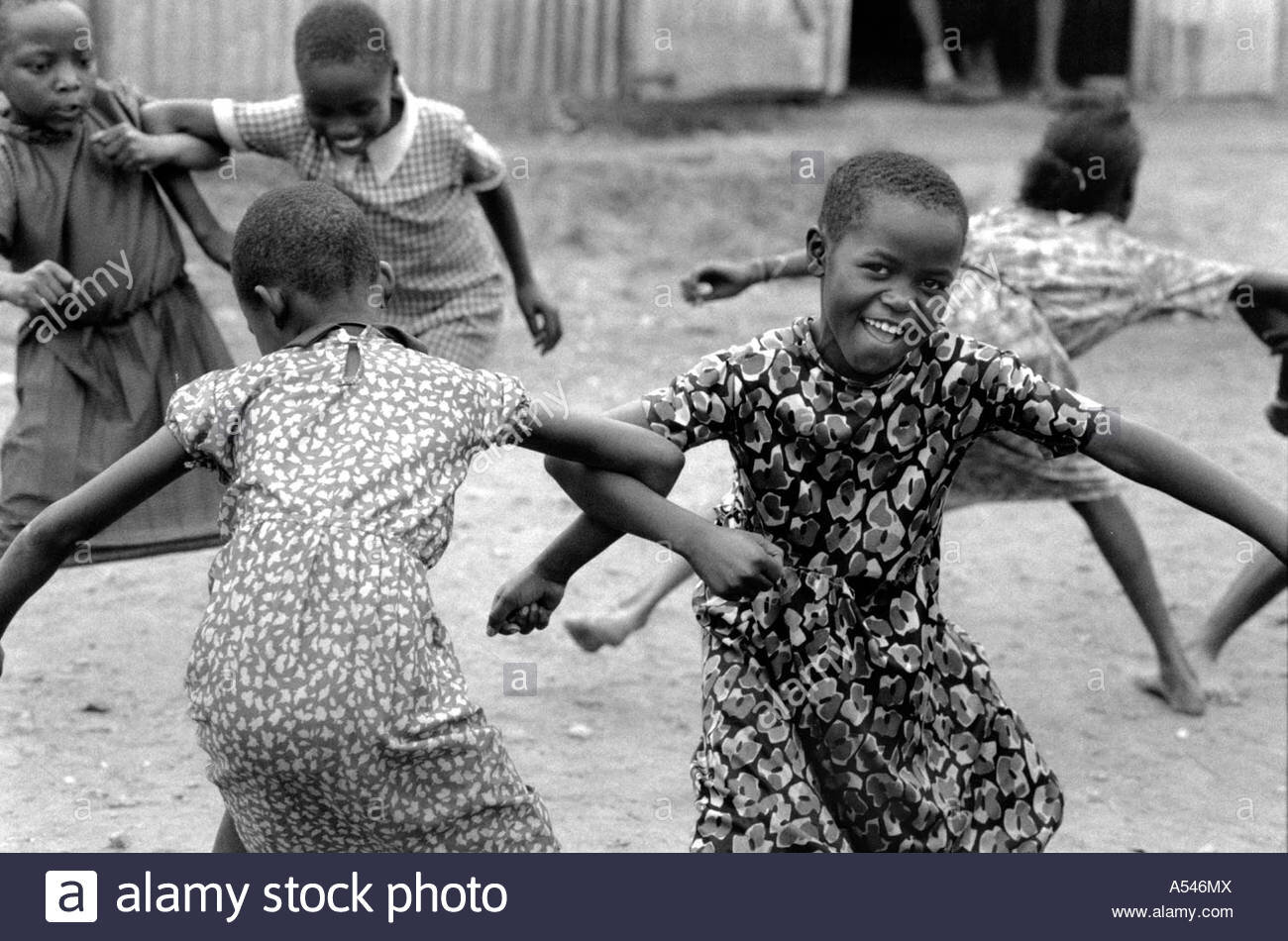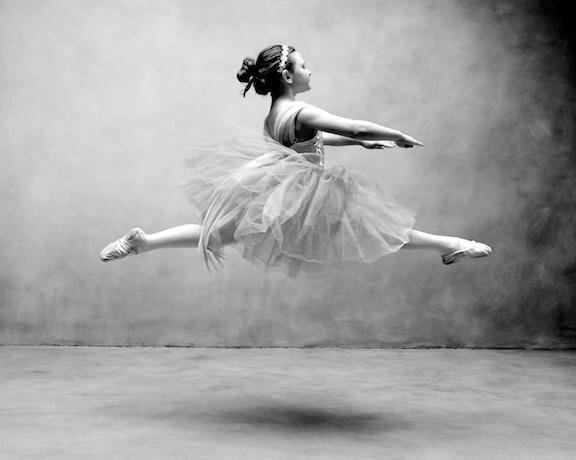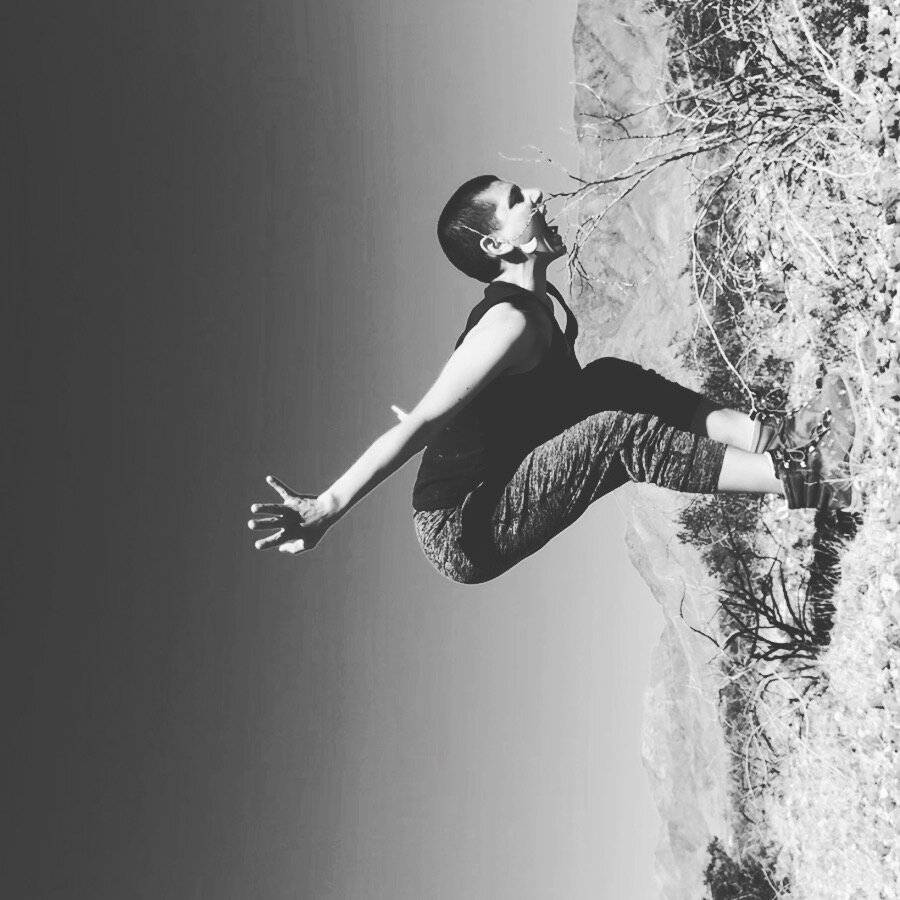Neuroglial - Somatic Anatomy
Please use for your study - but do not share them on your facebook page- it has taken me 15 years to compile these images - thank you!
stuff to distibute
Enteric Nervous System and new Nervous system Integrations
New Nervous System Research for Movers and Bodyworkers
Gut Brain - How to connect with, unwind, clear and reveal this most ancient source of intuition based on our microbiome and the neural nets in the layers of the gut, which runs anterior to our Spinal nerves
PolyVagal - what is it? Where is it? How do the sympathetic and parasympathetic balance your inner focus with your outer engagement?
Glial cells - There are MORE Glial cells than nerves - THey guide, feed, protect, clean or starve nerves… what should we know about them - how can we integrate their touch
Synapses and Learning: Synapses are created and released in every moment - beginning with the Motor nerves - which embryologically travel out from the spinal cord to the muscles and embed themselves into the tissue - WHat does it do for you or your client to SECURE this nerve connection!?
Llinas - Learning is nerves attuning their rhythm with each other - we are one great orchestra of nerve actions
Mirror neurons for movers - Mirror neurons are part of the Pre-Moter cells in our brain - they have a unique role to play in how we mimic and learn movement in family and community. How does our Pre-Moter Focus work? It is key our tone, our expectational mindset - How can we change it?
1. Intro
When we enter into the nervous system, firstly, we need to remember the original exchange of information that happened in our fluids. Underneath the nervous system is always the knowing of the rivers and seas within us. If you find yourself getting stressed or nervous, you can look to the nervous system, and you can look underneath -- to the blood, to the lymph, to the different cell fluids and interstitial fluids and their rhythms.
Secondly, you must understand that the hormones, which are very potent information carriers, are also more ancient than our nerves. In fact, nerves incorporate some of the endocrine hormones in their synapses - these are called neurotransmitters.
Thirdly, you must remember that nerves themselves are live cells with fluids and a cell nucleus. It is the flow along their axon that drives their signaling. Nerves are not electrical "wires" in our body! They are cells that create temporary chemical imbalances along their membranes. These impulses travel and meet the next neurons in synapses. These nerves are alive! They can change their connections to each other, and they do! This is called nerve plasticity. The role of Glial cells cannot be underestimated in this process. Nerves would not grow to their target tissues without glial cells. They would not stay alive. They would not be able to do their job without the glial cells.
2. Many Parts of the Nervous System
We have the enteric nervous system, which is the most ancient. On its own, it coordinates our digestion, sets the rhythm, runs the diagnostics, determines how to break down the food that comes in, and let go of what we need released from the body. WIthin seconds of food arriving, the enteric nerves organize the chemical & enzymatic response to the specific food coming through in order to harvest the nutrients.
Then we have the autonomic nervous system, which takes care of homeostasis. It balances inner and outer focus between self and the world. It also engages with all of the organs in regulating their actions. Having the yin and the yang of the autonomic nerves between sympathetic and parasympathetic nerves functioning well gives us a sense of contentment and balance.
The Parasympathic / Vagal nerve is a beautiful nerve that winds its way down from the brain like roots of a tree, finding its way through the diaphragm to the lower organs. The Sympathetic nervous system exits the spinal cord and creates a ladder to the left and right side of the cord OUTSIDE the spinal cord.
The central nervous system (or brain and spinal cord).
The spinal cord interacts with somatic nerves in reflex arcs to the muscles in the torso and limbs. It relays information with the opposite body half -- the upper and lower spinal nerves all the way up to the brain and down -- to optimize our movement capacity. The somatic nerves are the nerves that connect to the spinal cord and coordinate our movement.
Many other brain areas add in information from our senses, e.g., proprioception to further refine our movement. The cerebellum integrates the movements, like walking, talking, even driving (once we have learned it). The higher motor systems integrate all this information together to allow us to predict, plan, and evaluate movement.
The emotional centers of our brain help us relate our movements and actions in the world to our feelings, to our ability to create, to dream, to feel, to understand and to imagine. These emotions put a tint on our incoming nerve info and tell the brain what to pay more attention to: which signals are important to analyse in the thick of all the incoming messages. So if you are feeling happy or sad or fearful, while in a specific motion, your brain will take note.
3. Nerves
Nerves are bundles of fibers of cells, called neurons. And like any other cells, they have a membrane, a nucleus, and all the organelles a normal cell has. Most neurons have dendrites on one side and a long axon that ends in a nerve ending (called a terminal). Dendrites gather information from other nerves, adding up the inhibitory and excitatory signals and, if these signals go over a certain threshold, send it down the axon and deliver it to synapse.
There are 3 types of flow in the nerves: Sensory neurons, motor neurons and interneurons. Sensory is the same as afferent, meaning the information flows from the body or the senses to the spine or the brain. Motor nerves or efferent (effect) nerves flow out from the brain or spinal cord. All other nerves are basically nerves that connect other nerves, or interneurons. These can be in the line of receiving info from the body to the brain, from the brain to the body or connecting different brain areas to each other.
There are myelinated and unmyelinated nerves. Myelin is a live cell made of protein and fat that wraps around the nerve axon, like this snow roll. It protects and insulates, so the nerve can deliver its message in much quicker time and for much less energy than unmyelinated cells. The axon is naked at the nodes of Rainier. The electrical charge jumps or saltates (from the Latin saltare, meaning “to jump”). It somersaults across each stretch of axon to each node of Ranvier and onto the next destination: the synaptic membrane.
The electrical current travels along the axon when the membrane has a different charge on one side of the membrane than on the other. A nerve receives a signal that starts a cascade of Na+ entering and then exiting the membrane - which is the electric charge that signals the synapse. Electrical currents affect chemical transfer and these transfers heighten the membrane differential, which is a spark of about 110 millivolts at 100 m/sec that travels down the axon.
Nerves grow. As you will learn later, embryologically nerves start in one place and grow towards their destination, connecting an organ or muscle to the spinal cord or the next neural node. They can get quite long. The axon for a motor nerve, for example, can be up to one meter or 3 feet long, others can be very short.
Once we have arrived at adolescence, we are left the nerves we have for a lifetime. In utero and during early childhood, a great pruning of synapses and nerves are pruned by the glial cells/ astrocytes - first they optimize the connections and take away ones that are not secure or necessary, then these nerves are pruned to clarify our movement. So even as we start wiggling and pushing and flexing/extending, the nerves are learning about which synapses are important and worthy of staying and of being mylenated. People used to think we could not repair our nerves, but we now know that the glial cells play a big role in repairing nerves, and it is possible to regrow them in specific scenarios. For example, they can re-ignite nerve stem cells to start growing and “pretend" that it is an earlier time/ like in utero where nerves are growing wildly.
Touching nerves.
I find that touching peoples nerves is first of all, surprisingly real. So often we forget that nerves are true cells, that they have matter - real tissue! Nerves have an elastic, creamy texture and have spring to them. They are often situated in fatty landscapes where blood vessels travel along bones and between muscles. It is very possible to release a nerve from constrictive, connective tissue. The nerves will respond to this newfound freedom and reset their innate flow and electric rhythm - these are things to notice under your hands. Possibly more of the tissue is cheering you on: "Yes! Yes! Yes! Change is possible".
Touch suggestion: Massage the tissue. Make room for the nerves to be able to slither through these areas. Break down constrictions. Bring up flow of fluids. Allow lymph to carry away any toxins and stickiness. Let the nerves rest for a moment, slumber and be present as they free up.
4. Synapse
Synapses are a place where nerves meet and where information is chosen to move on through to the next nerve or not. It is actually a gap between nerves called the synaptic cleft. Usually the ends of one axon meets the dendrite of another axon. Individual nerves might be receiving information from thousands, even tens of thousands of nerves.
Synapses are places where choices are made in the first cell, via its membrane according to the amount of chemicals or electrical charge that is available. Choice is also made in the receiving cell. Is the next nerve cell ready to receive? Is their membrane ready? Are the chemicals that click with the synaptic chemicals abundant and free?
Some things to consider: Humans have more than 100 different neurotransmitters, including dopamine and serotonin. You may be surprised to hear that more synaptic messages are inhibitory than excitatory. The Glial cells help determine the state of the synaptic cleft, so they can support transmission or turn down the channel.
There are so many possibilities here:
Allow yourself to feel the neurotransmitters that are ready and busy in your synapses!
Allow yourself to feel the possibility of communication channels sequencing, clicking through your nerve pathways, spreading the news of one area, a thought, a movement, a sensation through to the rest of the body and brain areas.
Allow the signals of movement planning to reach their muscles and move the bones at the joints.
Let the signals of the autonomic reach their target organs and receive the ongoing news back. Let the intelligent homeostatic adjustments be made.
We are a marvel of multiple successions of information receiving and cascades of neurochemical threads crisscrossing through the system.
(word harvest nerve signaling: succession, series, continuum, cycle, range, chain reaction, continuity, cascade, procession, connect, align, string together, incessant, perpetual, endless, cumulatively, progressively, serially)
Try It
A suggestion for touch or movement exploration is to secure the nerve endings at the synapse: - how can we successfully anchor the synapses to the next nerve, into the tissue of the muscle cells, into the tissue of the receptor cells, so they are able to send or receive accurately and successfully? This is a real thing! Occupational Therapists talk about this as 'insecure synaptic attachments'. How can we have confidence and surety in the communication of our nerves through the synapses? Do we suction them together? Do we give them nutrients? Do we allow for more flow to or away from the synapse? Do we change the membrane potential? What does it take for us to allow this communication to happen with ease?
Stand up and walk around for a moment then sit and put your hand on your thigh. Imagine your fingers are the synapses reaching in towards the muscle fibers. You can move your leg and with your intention and slight pressure to encourage a more secure meeting of this synapse to the muscle. Are you willing to allow the connection to be made and movement to happen? This allows the unencumbered flow of nerve impulses to inform your movement. Now get up again and walk, move and spread this news of secure attachment through the rest of your muscle system.
5. Glial Cells
The nervous system comprises two classes of cells: neurons and glia. For a long time, neurons have been considered to be the sole basis for information integration, while glia have been thought to play a merely supportive role. However, this dogma is now being challenged. Recent studies show that signals can pass back and forth between neurons and glia. Rather than being a quiet bystander, glia likely participate in the active signal processing in the nervous system. (Zuo Laboratory, MCD Biology, UCSC)
There are about 100 billion neurons in the brain, and 100 billion glial cells, which have a much larger mass than nerve tissue. They were not thought to be important, therefore we don't know as much about them as we do about nerves. In fact the category "glial cells" includes basically all the cells which are not nerve cells . Here is a description of the wide range of functions.
Glial cells make intimate contact with synaptic terminals.
Glial cells associated with synapses integrate neuronal inputs and can release transmitters that modulate synaptic activity. It is time to rethink our understanding of the wiring diagram of the nervous system. It is no longer appropriate to consider solely neuron–neuron connections; we also need to develop a view of the intricate web of active connections among glial cells, and between glia and neurons. Article here
Glial cells can (1) respond to neurotransmission, (2) modulate neurotransmission, and (3) instruct the development, maintenance, and recovery of synapses. sciencedirect article
New research shows that astrocytes in fact not only can perceive the actions of the nerves but spread their own news throughout the glial system - a 2nd system of communication in the brain. I will present this info in October!
The nervous system comprises two classes of cells: neurons and glia. For a long time, neurons have been considered to be the sole basis for information integration, while glia have been thought to play a merely supportive role. However, this dogma is now being challenged. Recent studies show that signals can pass back and forth between neurons and glia. Rather than being a quiet bystander, glia likely participate in the active signal processing in the nervous system. Zuo Laboratory, MCD Biology, UCSC
There are about 100 billion neurons in the brain, and 100 billion glial cells, which have a much larger mass thank nerve tissue. They were not thought to be important, therefore we don't know as much about them as we do about nerves. In fact the category Glial cells includes basically all the cells which are not nerve cells - Here is a description of the wide range of functions.
TYPES AND FUNCTIONS OF GLIA
Astrocyte (Astroglia): Star-shaped cells that provide physical and nutritional support for neurons: They 1) clean up brain "debris"; 2) transport nutrients to neurons; 3) hold neurons in place; 4) digest parts of dead neurons; 5) regulate content of extracellular space and synapse, contact blood vessels, forming so called ‘perivascular’ endfeet, and form multiple contacts with neurons. Radial glia are a common feature of the developing brain, as they are the first cells to develop from neural progenitors; from very early embryonic stages radial glia also form a scaffold, which assist in neuronal migration. Astrocytes connect to up to 8000 of synapses!
Microglia: brain defense and immune system; cleaners - when you sleep they go around and tidy up, digesting parts of dead neurons. Microglial processes represent the fastest-moving structures in the brain, a sophisticated and fast scanning system. This system can, by virtue of receptors residing in the microglial cell plasmalemma, immediately detect injury and initiate the process of active response, shapeshifting to become motile phagocytes."Glial cells" are the gardeners of your brain—they act to speed up signals between certain neurons. But other glial cells are the waste removers, pulling up weeds, killing pests, raking up dead leaves. Your brain’s pruning gardeners are called "microglial cells." They prune your synaptic connections. https://www.fastcompany.com/3059634/your-brain-has-a-delete-button-heres-how-to-use-it
Oligodendroglia (central nervous system), Schwann Cells (peripheral nerves): Provide the insulation (myelin) to neurons, by wrapping around the nerve in a spiral.The formation of myelin phylogenetically an invention of the vertebrates some 400 million years ago. This boosted the development of vertebrates and in particular their nervous system. To increase the speed of nerve conduction, there are two strategies: one is to form myelin; the other to increase the diameter of the axon. The giant axons in squid have a diameter of up to 1 mm and reach conduction velocities comparable to that of myelinated motor axons. The human optic nerve has about 1 million myelinated axons which conduct with a high speed. A squid giant axon version with 1 million axons of 1 mm in diameter would amount to an axon diameter of 0.75 m. Taking into consideration that the human brain consists of up to 50% white matter, it is evident that the high connectivity of the human brain would be impossible without the formation of myelin. Mylienation starts during the second half of fetal life and begins in the spinal cord. Its peak activity is in the first year post-natally, while it continues up to 20 years of age.
Myelin enables saltatory nerve conduction
The node of Ranvier contains a high density of sodium channels, which allows what is known as saltatory conduction (from the latin word ´saltare´ which means ‘to jump’), namely the generation of action potentials only at the node...then spreads passively, and thus rapidly to the next node where the next action potential is generated.
6. Embryology
Remember when a groove suddenly opened up in our body, and cells started pouring between the ectoderm and the endoderm….which established the mesoderm,as well as created the notochord? Well that vertical line which becomes a fluid-filled organ of motion determines where our head goes and where our tail goes. That was the divining rod that informs the exoderm layer to invaginate towards the notochord to create what will be our spinal cord as it grows and folds the brain. This is called the neural tube, which is our young spinal cord and brain. This neural tube, which is at first fluid-filled and open to the amnion, lengthens and eventually dramatically grows and folds to become our brain. Peripheral nerves follow scent paths of glial cells out to the muscles of the torso and limbs. From the brain, the autonomic vagal nerves travel like roots down to the growing organs, and as the cranial nerves to the developing sensory organs and muscles in the face.
Remember that the development of the nervous system is not guided by a nervous system. It is guided by a cellular interaction in the embryo, which is quite astounding. As Somatic BODY practitioners, it's good to remember that we can create something as complex as the nervous system through evolutionarily-programmed cellular interactions, motion and communication.
In the embryology unit we discuss in more detail the forces of these interactions, which are fluid - driven, chemical, physical motion-driven and guided by our genes expressing themself in time.
All along our embryological development, the brain is learning what movement is possible, how the body can move, and to tune into what is possible to perceive. The nerves literally need to connect to each other! We are talking about many, many, many synaptic connections being made. The nervous system learns what the organism is capable of, what the muscles are able to do, and what sensations we perceive simultaneously. The organism - the body - is an alive, moving, exploring, curious being: spontaneous activity, play, desire and chaos are the drivers of this experience. The nervous system is always a moment behind these actions. Yet, by observing and creating neural synapses, it starts to understand, starts to anticipate and even plan more complex movements, and learns to achieve this with greater ease, better coordination and better outcomes. For this reason, we now assume that the brain is the leader because it is able to coordinate and eventually plan and predict; however, it is always possible to move first, to create anew, to shake off our habits - by allowing the body to move FIRST.
7. Peripheral Nerves
8. Motor Integration Body/Brain
9. Motor-Sensory Loop
Re-working our approach to the Nervous System
My nervous system was challenged. I sustained a significant burn as a 6 month old,which was a total blow out of my nervous system, and I recall all the people around me being horrified; my mom, the doctors - they were helpless and Ii was screaming. They didn’t know too much about burns, or how to treat an infant. It was still common knowledge that babies couldn't yet feel pain. I was no longer being nursed and because of the burn, I couldn’t lie on my back side.
Anyone who knew me knew my lightning fast movements, decisions, knew my easy-to-anger, high defense, which as you can imagine did not create easy relationships. But I was also super-creative, smart and dedicated to learning with all my colleagues. I struggled with authority, trust, supporting and being supported.
From the inside I experienced this speed, this easy-to-the-edge, as an impetus to dance, dance, dance, dance. And to do that I worked 2-3 jobs in NYC to be able to pay for studio space, classes and life. I needed much time alone to integrate experiences. I remember walking by a bagel shop after a full day of BMC and wondering how these people could go into a new place and relate and talk: I was just FULL and needed to be still - but also peeking through was loneliness, but not enough to really feel it.
But I took note: maybe there is a way to experience this relating, these shifts in environment, as easy, even pleasurable. Maybe I couldn’t enter into Bonnie’s reversal theory because I was there and didn’t have the support, love, ground to see it or unravel it. I did stay true to my scrapping everything: I assumed nothing, not even that Bonnie was right (wow!).
Well NYC was kinda like meeting my Nervous System on the outside: in some way I felt relief - Like I had met 6 Million other folks that need to do shit and it was healing, I could relax a bit.
Bonnie Bainbridge Cohen’s work with the cell and the cell membrane were a first exercise that I could go into and just experience the views from the inside and the outside. I realized that I never went into the cell to perceive from there. The burn - the shock and terror - were lodged in my cellular membrane and inner safety did not exist.
So first, I want to say sorry for all the aggression that came from me, all the hurt it created and all the unconscious, abrasive actions I did from this state. It is like being a prisoner of a state that you don’t know nor how it operates. This is how most patterns - especially of the Nervous system -work: the person is a prisoner! This knowledge has been helpful to me as a teacher when a student becomes caustic, angry, resistant - I know that they are stuck in a pattern that is just rolling out and that they are often fighting for their life, their existence.
Movement First
I was compelled to radically make MOVEMENT the beginning of all action and allow sensory nerves to be beautifully the hum of recognition of this movement.
When we start with motor actions, we set the stage for our perceptions. In the muscle,our sensing primarily of our movement gives the brain the information to modulate our movements EVEN as they are happening. Eventually we can coordinate anticipate and plan our movements.
I created the paper “6 Ways to Clear the Synapse”, based on the glial research and wondering about what it means to “wait for the synapse to be ready again” (see: Bonnie’s synapse reversal theory). In reality, synapses are “cleared “ 40 -100 times per second. This rate is referred to as the refresh rate or base rate of the synapse. Each nerve has their set rate. So how can Bonnie say that we sit in the synapse? (And how long was I to sit? And I can't sit! I’m not comfortable resting…!) So I had to find other ways to clear the synapse: Read HERE soon.
Working with groups of mostly women starting with the prompt: Just move! (multiple joyous together in space dancing times) We released so much bottled up energy, it was as if there was a treasure of motion locked under the surface, held back by all of our conditioning.
After this event the synapses were clear! Thoughts were clear, choices, movement, as if a dull patina was scraped off. Our breath was back, there was laughter. So - movement in this way can release the synapses and bring us to a reset of our systems rhythms.
Later working with mixed groups of men and women, I found that a daily practice of Katzugen Undo was great to move out and express and clear the synapses. This practice combines the presence of aikido with a free expression of jerky repetitive movements that travel and change in rhythm and force throughout the body. It was as if the mind had been defogged, “waiting’ inpulses were allowed to express, any backlog could be expressed safely and reverently in the moment without affecting other people or relationships. Most of these dancers reported a relief and greater focus and freedom.
Motor-Sensory (instead of Sensory/Motor)
I've instituted saying "Motor/ Sensory" to jag the mind into its own evolution: move, then sense the movement. This makes plain and simple that salvation - the new - can only start from movement. Movement is breath and breath is a new start each time. The sensory nerves according to Llinas (see below) provide a kind of music to the brain centers, which shifts and changes rhythm as we move. This hum - this activity of all the sensory nerves of the muscles, the proprioceptors, our special sense organs - those together create waves of recognition in our brain. In actuality the brain mostly recognizes what differs from this hum: what is new and different? or asynchronous?
The main and most important reporter of movement in the muscles are the spindles, which provide a constant stream of information to the brain, and also shift their own state and tone in order to report diligently and clearly. I figured out that “sensing’ was not as I thought it was: it is not mostly this fine-tuned sensing by the sense organs of the outer environment. Rather, the bulk of sensing is the information from the proprioceptors and spindles - I assume about 85% (?) If this is the case, then, the information flowing from the special senses (eyes, ears, nose and mouth) didn’t need to be "heightened" (I realized that it is not necessary to sense more, focus harder- which fatigued me and put me in a hypersensitive state, not an integrative one). Instead, I gave into the streaming of the movement information as a constant orchestral sensing flow and then allowed my other senses to add additional information to fine-tune my pathways and enable me to adapt and innovate - rather than straining my senses to keep me from danger, as if my life depended on it.
The glial cells are in charge of regulating the synapse, so go back and reread the function of the glial cells and apply this knowledge to clearing trauma, old stuck emotions and memories.
What a relief!
Muscle Spindles:
It is worth noting that, in addition to being stretch receptors, the intrafusal fibers are functional, contractile muscle cells. They are innervated by special (gamma) motor neurons that set the tone of the intrafusal fibers thus modulating sensitivity of the stretch receptor (contraction of the spindle cells makes them more taut and therefore even more sensitive to stretch). This also allows the spindle cells to contract in concert with the extrafusal fibers thus maintaining sensitivity to stretch over the muscle's full range of motion . See more HERE
The action of the Muscle Spindles allows us to “motor” our being
and set our resting tone
Our brain becomes attuned to this humming of the nerve firings and is alerted when this music changes or shifts. The system reveals itself. Once we have moved first and for a good while, the quality of our sensation changes. This prompts amazing results for my students and me: we were satisfied after a good motoring activity; we were calm and invigorated; our blood pumped; lungs breathed; and sensations became delicious and interesting as we came off the initial high of the activity. We no longer were defending or trying to deal with overwhelm, hiding from sensation by limiting it or perhaps experiencing super-heightened sensing.
Once we had released the store in our synapses by moving, sounding and shaking, we arrived at a new beginning of the sensory-motor loop and were free to take in information and apply it to our thinking, our responses and our actions. Our minds worked better~ we laughed and connected~ we were in flow.
From this place now we could explore the way to lead with our sensing into movement, which earlier made us feel self-conscious and brittle, now helps us feel unified and whole. Having sensation lead and linger before and after movement gives it an inner grace, a sense of expansive timing, whatever expression your movement has: hip hop, ballet or merely walking. Now the opportunity to change is evident: we can shift timing, rhythm space, impulse, strength, expression while keeping the relative balance of sensing and motoring equal.
Try It:
Try moving on a scale of 1-10 from very sensation-initiated (1) to very motor-initiated (10) and see which of these places on the scale feel known, which feel challenging, where you feel exhilarated and where you feel like you are in the unknown! When in doubt go to free your movement!
We will look at the synapse and ways to regain flow through the nerve connections and we will revisit the role of some of these structures: the muscle spindle as the motor nerves that guide our sensing, the meeting and attachment of the nerves into the muscle fibers and the role of glial cells, and capillaries (yes - “put your blood, where your mind wants to go!)
Spinal Cord Circuitry
Sensory information enters the spinal cord from the back and flows through motor nerves out the front! Sensing in the back and motoring out the front. Now say: do something — anything — and you are motoring out the front. Do it with more intention! Now let the sensations of that action in space gather up around you, through your skin and muscles and joints. Allow that into your spine from the back of the spinal cord and blossom out the front as conscious action.
The nerve circuits in the spine run spinal reflexes and co-ordinate & unify movements of the spine, as in swimming or locomoting. Simple sequencing through the spine and left/right side coordination is set up here.
Why don’t you just get on the ground and wiggle like a worm or swim like a fish or dolphin? See how much movement can happen initiating from the spine and using the muscles around the spine to connect and sequence through the spinal column. Try rolling beginning with the head, then tail or whole spine.
The developmental movements of spinal yield and push and reach and pull are fully supported by these circuits! Homologous movement and all others rely on the integration and sequencing of the spine. Homologous movement needs the spine to know itself, to be strong and know the still center while the hands or feet push or pull. Explore how homolateral and contralateral movements utilize these spinal circuits communicating in time.
Synopsis and call for these steps toward a healthy sensory moter loop which allows for sensory integration!
MOVEMENT as the beginning and the role of the nerves to perceive and then direct our movement.
(1)We will take a closer look at the many ways to flush the Synapse and regain flow through the nerve connections
(2) We will activate the motor nerves that guide our sensing: The muscle spindle.
(3)We will activate and secure the Synaptic connections of the motor nerves to Muscle Fibers
Replenishing ways to be present and available for our life, tasks, creativity and relationships
How do we get out of nerve reversal?
How to teach SBT that allows for our students to fully participate and learn?
The Origin/ Awakening of Sensing (is after the doing)
Movement is happening ALWAYS
Development is a process of trimming synapses
Bonding with self/ gravity/ space and time
and the role of glial cells,capillaries, and the flow within the nerve cells themselves
10. Autonomic Nerves and System
11. Enteric Nervous System
Our belly brain - the brain of the gut actually sets the tone for the rest of the nervous system.
Would you like to feel more at ease with yourself? Calm in your organs and digestion? In this workshop you will learn hands on techniques to support and rebalance the depth of your gut and so you will get the opportunity to release and enter into the mind of the OLDEST nervous system: that of the gut!
If you have any issues with digestion or would like greater access to your intuition - your gut feeling: this will be an opportunity to receive some touch and somatization to unwind these tissues.

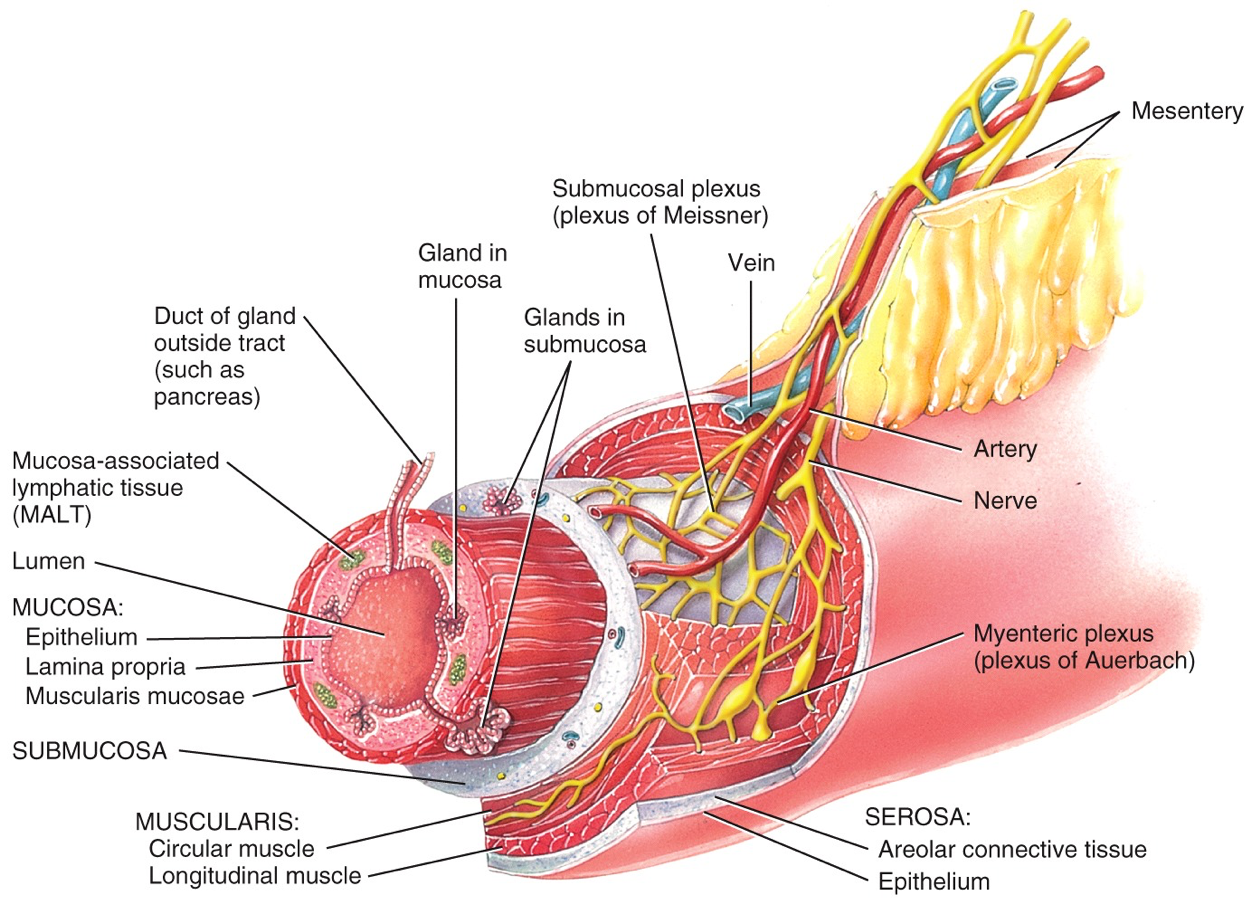
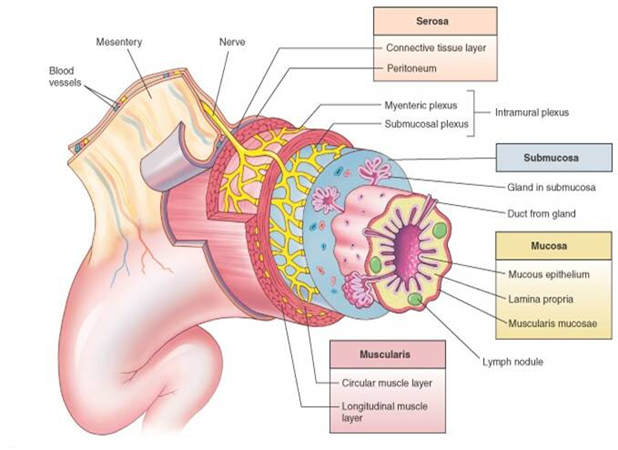
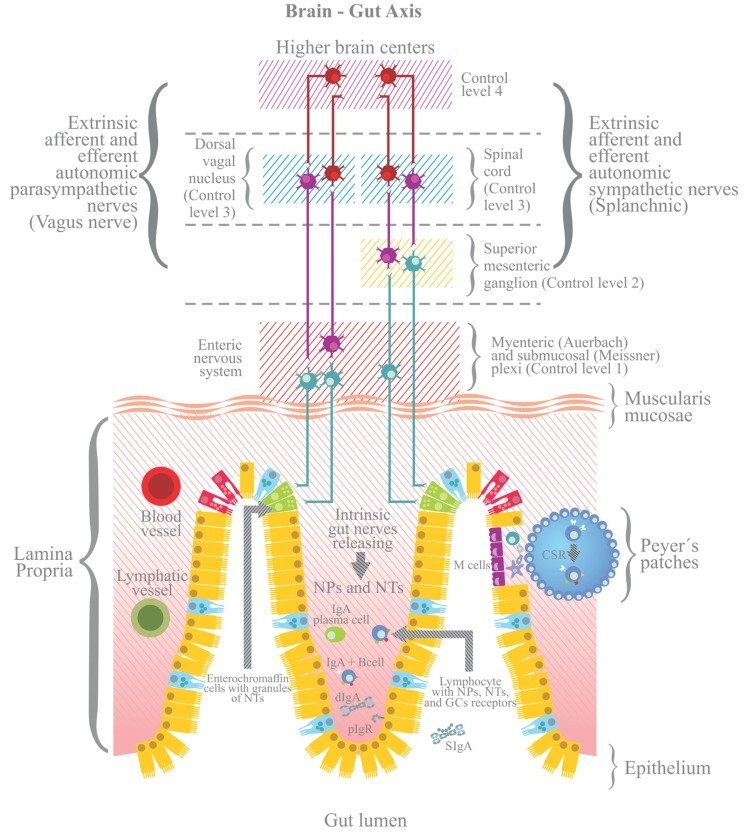
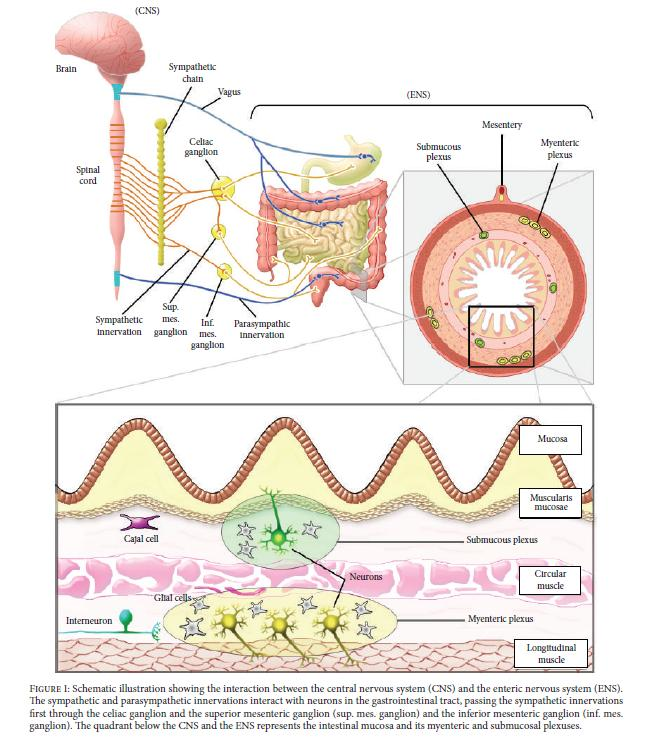
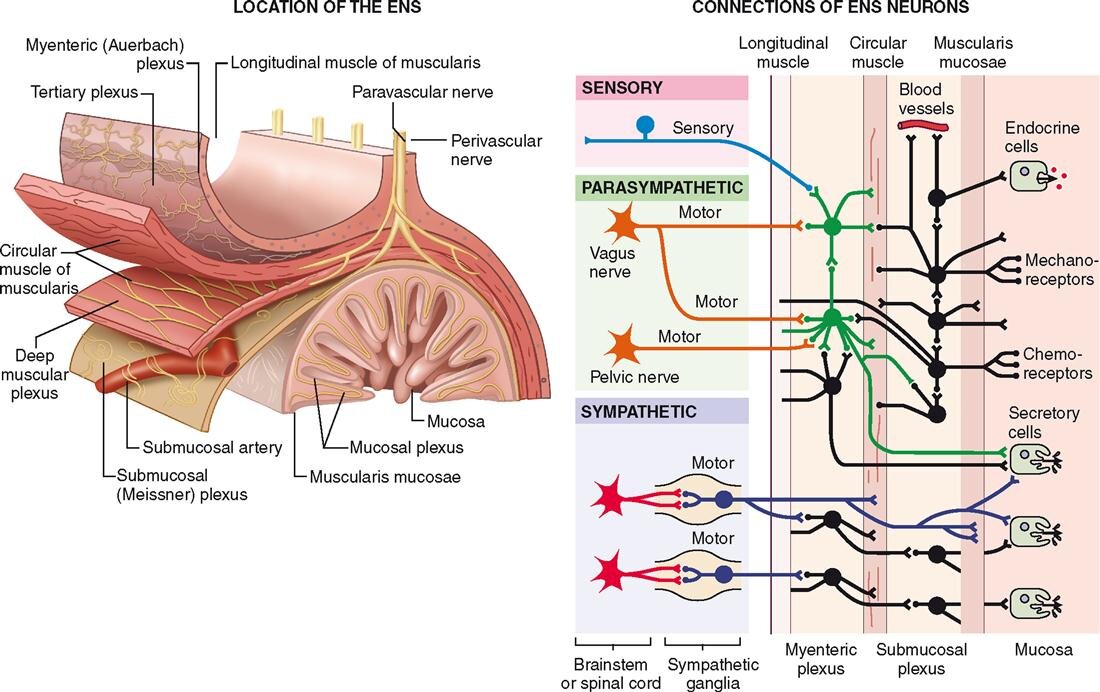
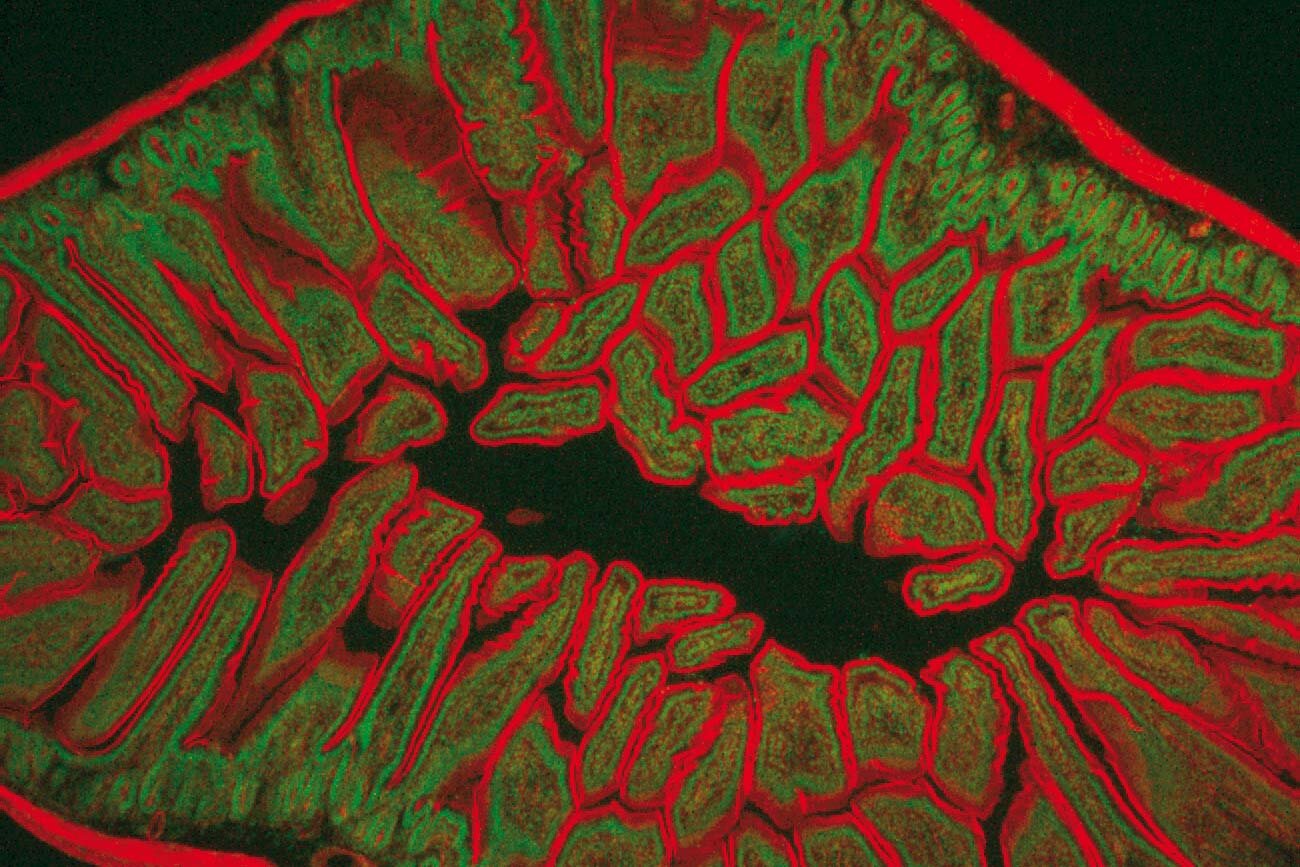
12. Brain Anatomy and Function
Brainstem: Transition from spinal cord to brain. This area regulates our breathing, our temperature, our heartbeat and other elements of homeostasis.
Amygdala: raw emotion, fear, anger, excitement
Thalamus - all motor and sensory (not smell) are routed through the Thalamus! This information is worth an immediate movement research improv, don’t you think? What if you don’t have to take out the flavors of your feelings when you move? What if they are actually an important flavor… DO this improv, then keep reading.
One of the issues with ! billion nerves and a constant stream of movement and thought and sensory information is that WE NEED TO FILTER! (otherwise we go crazy - it is too much!) The thalamus routes all the incoming and most outgoing sensory-motor flows throught this emotional filter. What should we pay atttention to? What do we prioritize? What do we need to make a decision about? What is so important and recurring that we should make a pattern which can run underneath our cognition, under the thalamus and amygdala, that watches for emotional tags (see section on emotional integration)?
Well, activities we do daily like walking, running, talkingeating and speaking are coordinated by the cerebellum!
13. Llinas
14. Perceptual Loop
For a handout on the Perceptual Loop cycle, click HERE
15. Emotional Integration
16. Learning
LERNEN MACHT GLUECKLICH
Manfred Spitzer
“LEARNING MAKES YOU HAPPY”
M. Spitzer is a neurologist who ran a popular tv show in Germany and now runs neurological hospitals and schools. He believes that learning is what makes us happy, that life itself is learning.
The baby has all the neurons of the adult (and more!) but they are not yet connected. They learn through activity. They learn in relationship. They learn voraciously. It is easier to lay down these first connections and harder to un-lock them and reconnect in new or different ways. The brain relegates many experiences into categories and rules: we don’t remember each apple we eat, but rather we remember eating apples, unless an individual experience varied significantly from our usual experience. Our brain builds maps of this representation -- it clusters related representations of speech, movement, sound, interaction and emotion. Emotional context is key to learning. Fear blocks learning.
Actions of selecting and planning involve recruiting neurons across many areas of the brain; the spiking of these different areas indicates their working involves coherent orchestration between these distinct sets of neurons. The timing of this collaboration across the brain happens before a decision is being made, and as in promoter focusing: the eye may look before the planning completes—apparently ‘sharing’ information before any overt action is taken. (https://www.sciencedaily.com/releases/2016/01/160112113616.htm)
To learn a new motor skill the brain makes and estimates the expected sensory inflow the brain should get as you do the task. The cerebellum then uses this prediction to chart the differences between what you intended to do and what you actually did. This comparison allows the brain to learn. Next time it will predict a certain movement with these adjustments and optimize your performance.
A gymnast doing a backflip on a balance beam can see where they landed on the beam, and adjust their next momentum, timing , initiation, spatial plane and force to secure their landing.
This sensory prediction feedback allows us to adjust and change our motor planning as we compare the expected with the actual sensory feedback.
Try It:
A good way to try this is to ask a friend to hand you very differently shaped objects, some light and some heavy with your eyes closed. Let them hand it to you once, pause then receive this same object again. What changed? Why does it help to know the weight/ shape?
What if your friend changes their timing the 2nd time around?
You can also do this by yourself: put a bunch of different objects in front of you and pick each up 2x. Notice if your first pick up has a different timing due to the quick calibration of shape and weight.
17. Play
“Play is at the heart of our creativity and animates our being in our most carefree moments. It helps us live with absurdity, paradox, and mystery. It feeds our childlike joy and wonder.Play literally gives us a ‘breather’ – restoring our vitality at a core level.”
When Organisms grow a Nervous System - which they do AFTER the muscles start moving - they are drawn to the movement - they perceive this muscle action and slowly start to coordinate these possible variants. The other information flowing back to the brain from the skeletal muscular system: sensation, digestion, tone are assembled into a whole 3Dimensional experience.
We CAN keep going back to that initial sense of wonder. When we improvise/ play we offer our nerves a NOVEL experience to record and its sets a line of re- coordinations, relearning, surprise and AWE. Most adults trim their movement options, narrow their choices, and eventually get tired. Bored or depressed.
Let’s look at how the BODY gives us ways to support the clarity of our thinking, through meditation, dance and learning about this system.






